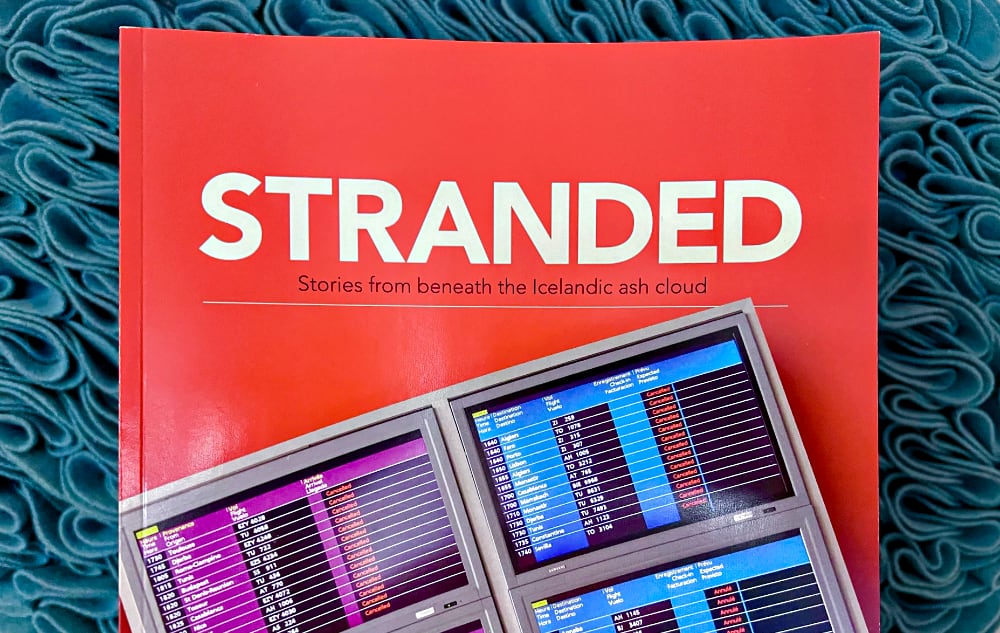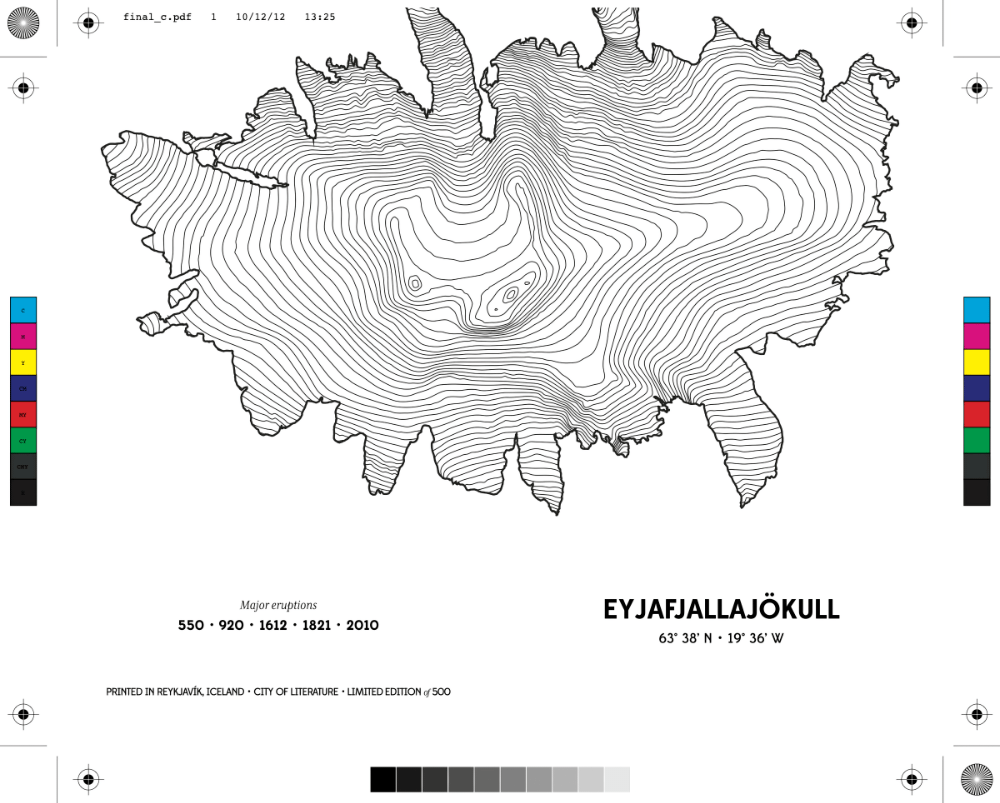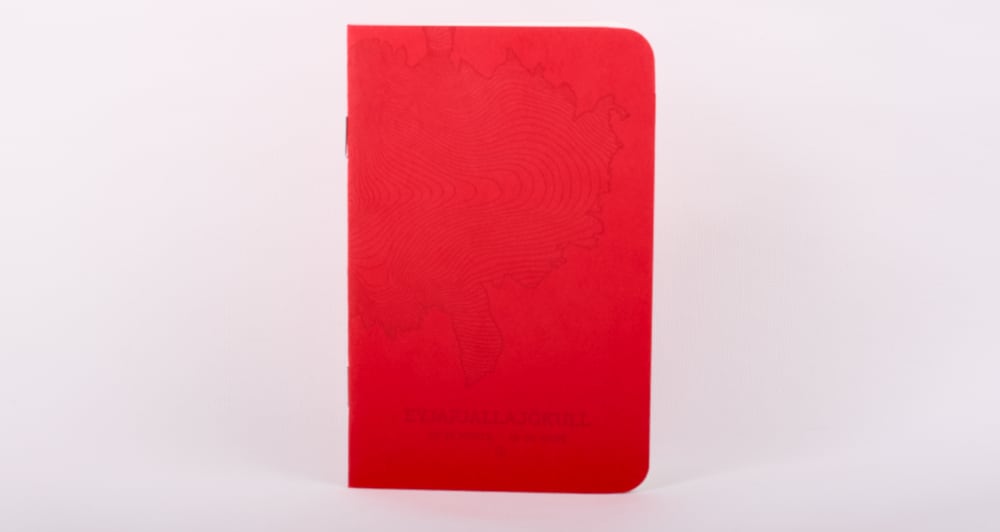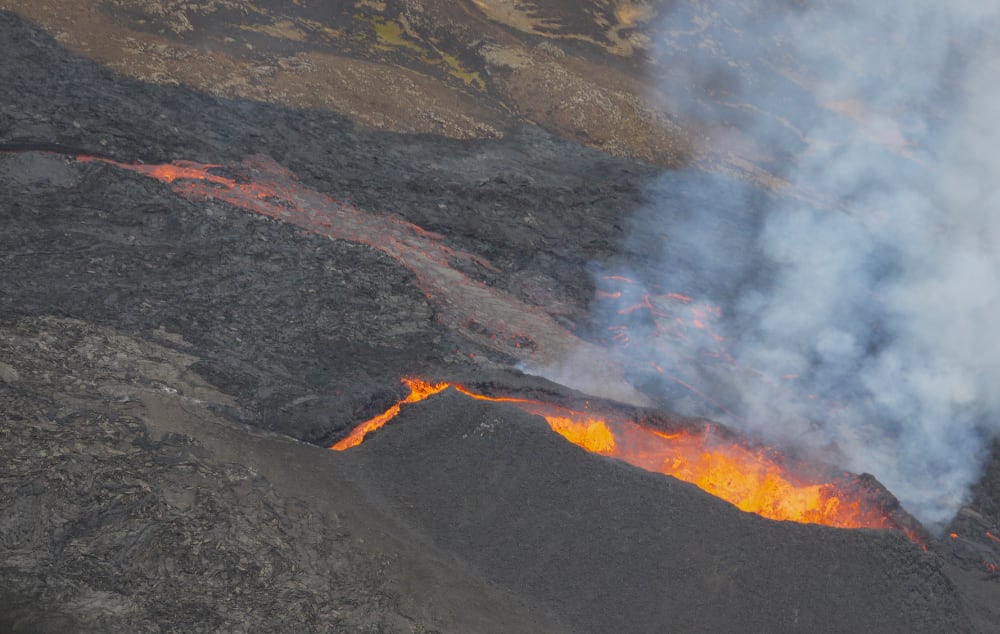On March 20th, 02010, the infamous Eyjafjallajökull eruption began. 🌋
As the ash cloud covered Europe, all air traffic was halted. The small dust particles in the upper atmosphere could cause problems in aircraft’s jet engines and no one wanted to risk flights. A complete shutdown was from the 15th to 23rd of April then intermittently after that. Millions of people were left stranded across Europe.
At the time, there was a self-publishing magazine service called MagCloud. We ordered a self-published magazine called “Stranded” by Andrew Losowsky. It is a collection of stories and images from people stranded because of the eruption. (The Digital version is now free on the website.)

As a historical document, we have plenty of news reports, government weather data, but social media posts seem much more ephemeral. Twitter was huge during this time, but since has changed names and is fading into obscurity. That leaves a gap in the history of how many people experienced the eruption. Having another, non-news, document is of value.
Notebooks
Off the back of the eruption, our friend Aitor took to designing an Eyjafjallajökull pocket notebook. This lead to the creation of analog.is and our kickstarter project.

Using satellite DEM files, we extracted the topology in QGIS and then styled and processes the vector lines in illustrator. Back in 02013, Aitor wrote up more about the process of creating these notebooks.

We still have some left as we constantly try to figure out how to best manage our side-projects.
15 years on…
In 02010, a volcanic eruption like Eyjafjallajökull was big news and changed the way we looked at ourselves in comparison to the larger world. A single event causing so much change and it really shocked everyone into realizing how globally connected we really are. Fast forward 10 years to the COVID-19 outbreak where we again felt a similar global interconnectivity.
Since 02010, Iceland has experienced another 15 eruptions. For awhile it was a big drawl for tourists until it (both the eruption and stupid tourists) got out of hand. The original mind-set seemed to be on of a fun adventure.

Then the eruptions started to head towards the power plant, the blue lagoon and the town of Grindavík. The government always took the eruptions seriously, but the general public seemed to think of it as a tourist attraction until real peoples’ lives were affected. Lava, sinkholes and earthquakes started to consume the town of Grindavík. Residence were evacuated and the town eventually (effectively) closed.
15 years later, we’ve learnt a lot more about volcanoes, earthquakes and everyone probably knows someone, family, friend or co-worker that’s been affected. It feels more sobering now with each eruption. Over time, we’ll (hopefully) learn to live and plan with contingencies more. One of Iceland’s top 3 source of income is tourism. At one point 1 in 11 people worked in tourism. Maybe it’s time to start to stop chasing gold and rethink some priorities?